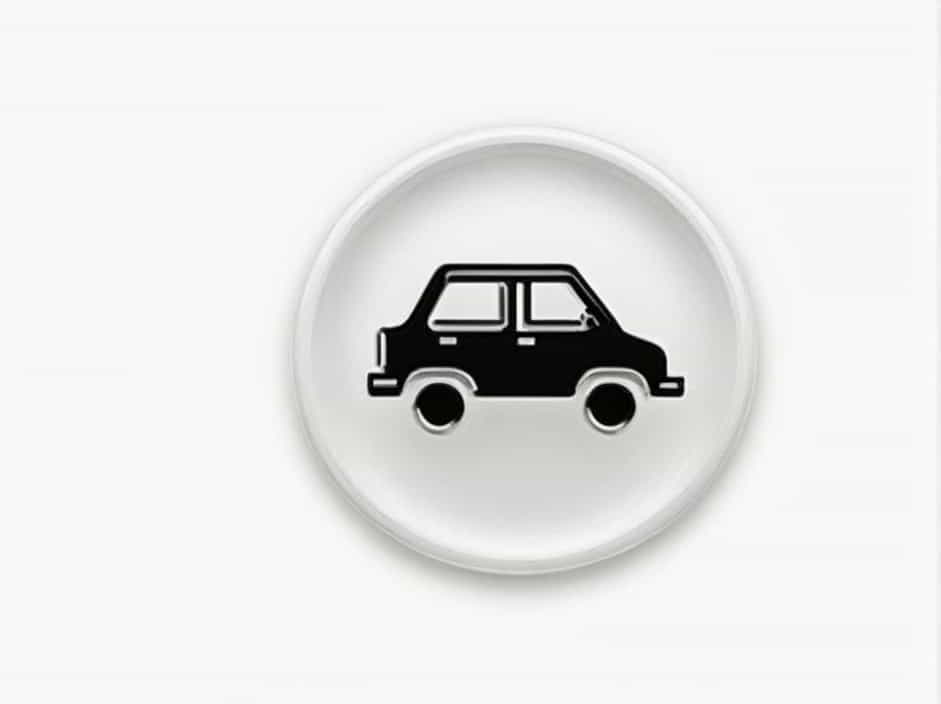Impaired driving remains a serious issue in Canada, leading to stricter laws and harsher penalties. In recent years, the Canadian government has introduced new impaired driving laws to enhance road safety and reduce accidents caused by alcohol and drug impairment.
This topic will cover the latest impaired driving laws in Canada, including key changes, penalties, and what drivers need to know to stay compliant.
Understanding Impaired Driving in Canada
Impaired driving refers to operating a vehicle while under the influence of alcohol, drugs, or a combination of both. Even small amounts of these substances can impair a driver’s judgment, coordination, and reaction time, increasing the risk of accidents.
With the legalization of cannabis in Canada, impaired driving laws have become stricter to address both alcohol- and drug-related offenses.
Key Changes in Canada’s Impaired Driving Laws
Several changes have been made to Canada’s impaired driving laws, particularly under Bill C-46, which was introduced to strengthen enforcement. These changes include:
1. Stronger Penalties for Impaired Driving
Canada now has some of the toughest impaired driving penalties in the world. Depending on the offense, drivers can face:
-
Fines starting at $1,000 for first-time offenders
-
License suspensions ranging from 3 months to lifetime bans
-
Jail time, even for first-time offenses in some cases
-
Mandatory participation in rehabilitation programs
2. Mandatory Alcohol Screening
One of the most significant changes is mandatory alcohol screening. Police officers can now demand a breath sample from any driver they pull over, even without reasonable suspicion. This means:
-
Drivers no longer need to show signs of impairment for police to conduct a breath test.
-
Refusing to provide a breath sample can result in severe penalties.
3. Stricter Drug-Impaired Driving Laws
To address the risks of cannabis-impaired driving, Canada has set strict legal limits for THC (the active compound in cannabis) in a driver’s bloodstream.
-
Drivers with 2-5 nanograms of THC per milliliter of blood can face fines.
-
More than 5 nanograms of THC can result in criminal charges, higher fines, and even jail time.
-
A combination of alcohol and THC leads to even stricter penalties.
4. Longer License Suspensions
Under the new laws, drivers caught driving under the influence may face immediate and extended license suspensions.
-
First offense: 90-day license suspension
-
Second offense: 1-year license suspension
-
Third offense: Lifetime driving ban in some provinces
5. Stronger Consequences for Repeat Offenders
Repeat offenders now face harsher punishments, including:
-
Higher fines and longer jail sentences
-
Mandatory ignition interlock devices (breathalyzer systems installed in vehicles)
-
Longer driving prohibitions
Alcohol-Impaired vs. Drug-Impaired Driving
While alcohol-impaired driving has long been a concern, the legalization of cannabis has introduced new challenges in detecting and prosecuting drug-impaired drivers.
Key differences include:
-
Alcohol levels are measured through breath tests, which provide immediate results.
-
Cannabis impairment is tested through saliva and blood tests, which may take longer to process.
-
Mixing alcohol and cannabis significantly increases impairment and leads to tougher penalties.
How Police Detect Impaired Driving
Canadian police now have more tools and authority to detect impaired drivers, including:
1. Standard Field Sobriety Tests (SFSTs)
Officers use physical tests such as:
-
Walking in a straight line
-
Standing on one leg
-
Following a moving object with the eyes
2. Breathalyzers for Alcohol
If a driver fails a breath test, they may be charged immediately.
3. Oral Fluid Screening for Cannabis and Drugs
Police can conduct roadside saliva tests to detect THC and other drugs in a driver’s system.
4. Blood Tests for Confirmation
If a driver tests positive for drugs, they may be required to take a blood test to confirm impairment levels.
Penalties for Impaired Driving in Canada
The penalties for impaired driving in Canada vary based on the severity of the offense.
| Offense | Penalty |
|---|---|
| First Offense | $1,000 fine, 90-day license suspension, possible jail time |
| Second Offense | Minimum 30 days in jail, 1-year license suspension |
| Third Offense | Minimum 120 days in jail, 3-year license suspension |
| Refusing a Breath Test | $2,000 fine, possible jail time, license suspension |
| High BAC (0.16 or more) | Higher fines, longer jail sentences |
| Drug Impairment (THC over 5 ng) | Fines, driving ban, criminal charges |
What to Do If You Are Stopped for Impaired Driving
If you are pulled over by police, it is important to follow these steps:
-
Cooperate with the officer and provide your license, registration, and insurance.
-
If asked, take a breath test or roadside drug test-refusing can result in severe penalties.
-
Remain calm and avoid making self-incriminating statements.
-
If charged, seek legal representation as soon as possible.
How to Avoid Impaired Driving Charges
To stay safe and avoid impaired driving charges, consider these tips:
-
Use a designated driver if you plan to drink or use cannabis.
-
Call a taxi or rideshare service instead of driving under the influence.
-
Wait until you are completely sober before getting behind the wheel.
-
Understand your province’s impaired driving laws, as penalties may vary.
The Impact of Impaired Driving on Insurance
Getting an impaired driving conviction can dramatically increase your car insurance rates.
-
Premiums can increase by hundreds or thousands of dollars.
-
Many insurers refuse to cover drivers with DUI convictions.
-
Some provinces require high-risk insurance, which is expensive.
Canada’s new impaired driving laws have made penalties stricter, enforcement stronger, and detection more effective. With the introduction of mandatory alcohol screening and tougher drug-impaired driving laws, it is more important than ever for drivers to be aware of the legal limits and consequences.
To avoid impaired driving charges, always plan ahead and make responsible choices. By staying informed and making smart decisions, you can keep yourself and others safe on the road.
